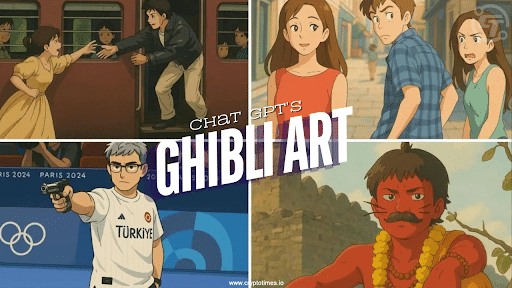Studio Ghibli has captivated audiences worldwide with its breathtaking visuals, whimsical characters, and deeply emotional storytelling. The enchanting animation style of Hayao Miyazaki’s films has inspired generations of artists. Now, with the rise of AI-generated art, recreating the magic of Studio Ghibli’s aesthetic has become more accessible than ever. But can artificial intelligence truly capture the essence of this hand-drawn wonder?
What Defines the Studio Ghibli Aesthetic?
Before diving into AI’s role in generating Ghibli-style art, it’s essential to understand the key characteristics that define it:
-
Lush Backgrounds – Ghibli films often feature incredibly detailed, hand-painted backgrounds inspired by real-life locations. Whether it’s the rolling hills of My Neighbor Totoro or the bustling bathhouse in Spirited Away, every setting feels alive.
-
Soft, Painterly Colors – Unlike harsh digital illustrations, Ghibli’s colors are soft, warm, and evoke a dreamlike atmosphere. The combination of pastel hues and natural gradients gives each scene a unique depth.
-
Expressive Characters – The characters in Ghibli films are not just visually striking but also incredibly expressive. Their emotions are conveyed through subtle facial changes, fluid animations, and intricate details in their clothing and posture.
-
Magical Realism – Ghibli seamlessly blends fantasy with reality. Floating islands, walking castles, talking animals, and mysterious spirits coexist naturally in a world that feels both familiar and fantastical.
-
Emotionally-Driven Storytelling – Every frame in a Ghibli movie tells a story, evoking emotions such as nostalgia, wonder, and melancholy. This human touch is crucial in making the art feel alive.
Can AI Replicate the Ghibli Magic?
AI-generated art has come a long way, with deep learning models trained to mimic different artistic styles. By feeding AI with thousands of Ghibli-style artworks, it can analyze patterns and generate similar illustrations. But can it truly replicate the emotional depth and storytelling of a hand-drawn masterpiece?
How AI Generates Studio Ghibli-Style Art
-
Style Transfer Techniques – Neural networks such as GANs (Generative Adversarial Networks) and diffusion models analyze Ghibli’s unique style and apply it to new images. AI tools like Midjourney, Stable Diffusion, and DALL·E can generate Ghibli-style landscapes and characters with surprising accuracy.
-
Handcrafted AI Models – Some developers fine-tune AI models specifically for Ghibli-style art. These models focus on the signature brush strokes, color palettes, and lighting effects that define the aesthetic.
-
AI-Assisted Painting – Artists can use AI to generate a base sketch or color palette, which they can then refine manually. This combination of human creativity and AI efficiency results in visually stunning artworks.
-
Animation Possibilities – While AI-generated still images are impressive, animating in the Ghibli style is far more challenging. Some AI tools experiment with frame-by-frame animation, but the fluidity of Ghibli’s motion remains difficult to replicate.
The Pros and Cons of AI-Generated Ghibli-Style Art
Pros:
Cons:
The Future of AI in Studio Ghibli-Style Art
As AI technology evolves, it will continue to improve its ability to create stunning Ghibli-inspired visuals. However, it is unlikely to replace human artists entirely. Instead, AI can serve as a valuable tool to enhance creativity, provide inspiration, and push artistic boundaries.
Artists may begin using AI as an assistant rather than a replacement—generating landscapes, refining character designs, or experimenting with new compositions while retaining the human touch that makes Ghibli art so magical.
Conclusion
AI-generated Studio Ghibli-style art is a fascinating blend of technology and creativity. While it may never fully capture the soul of hand-drawn animation, it opens new doors for artists and fans alike. Whether used as a tool for inspiration or as a way to reimagine beloved Ghibli worlds, AI-generated art brings a fresh perspective to an already timeless aesthetic.



















0 Comments